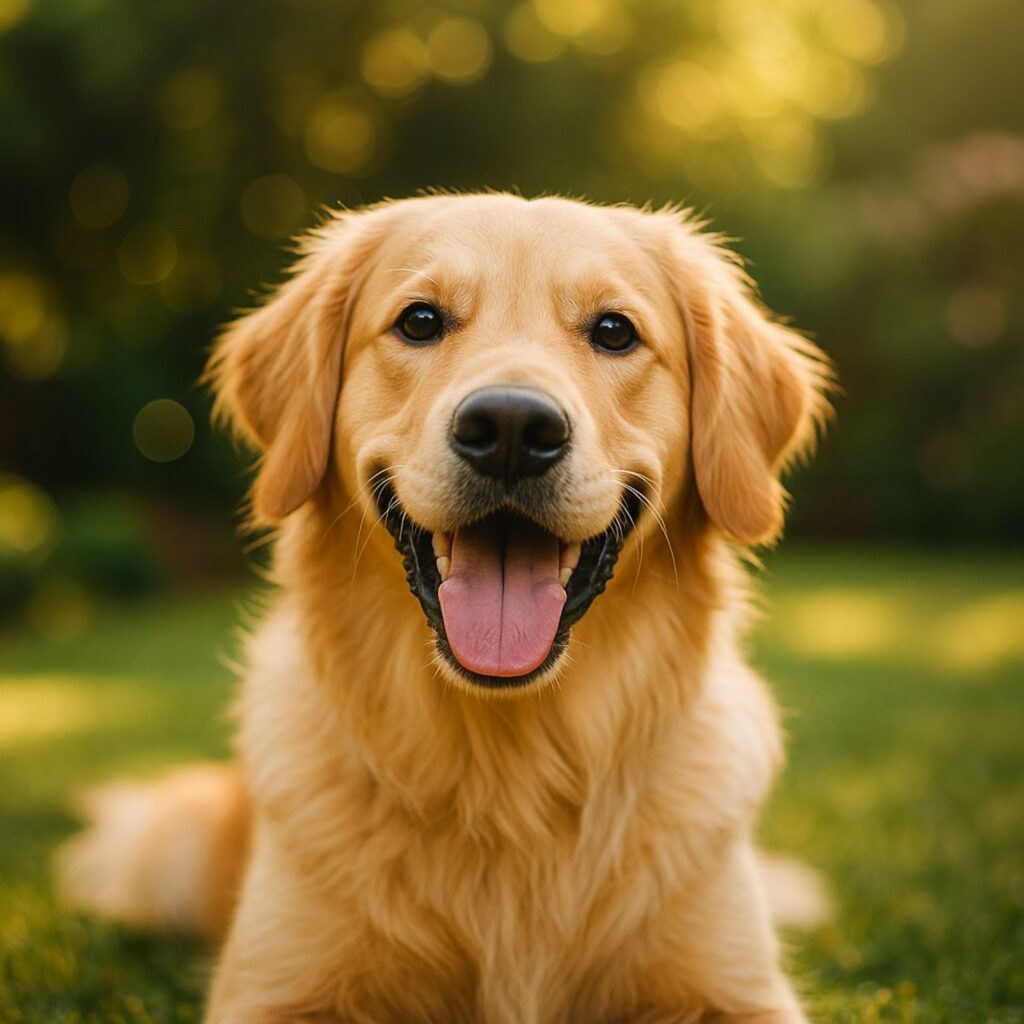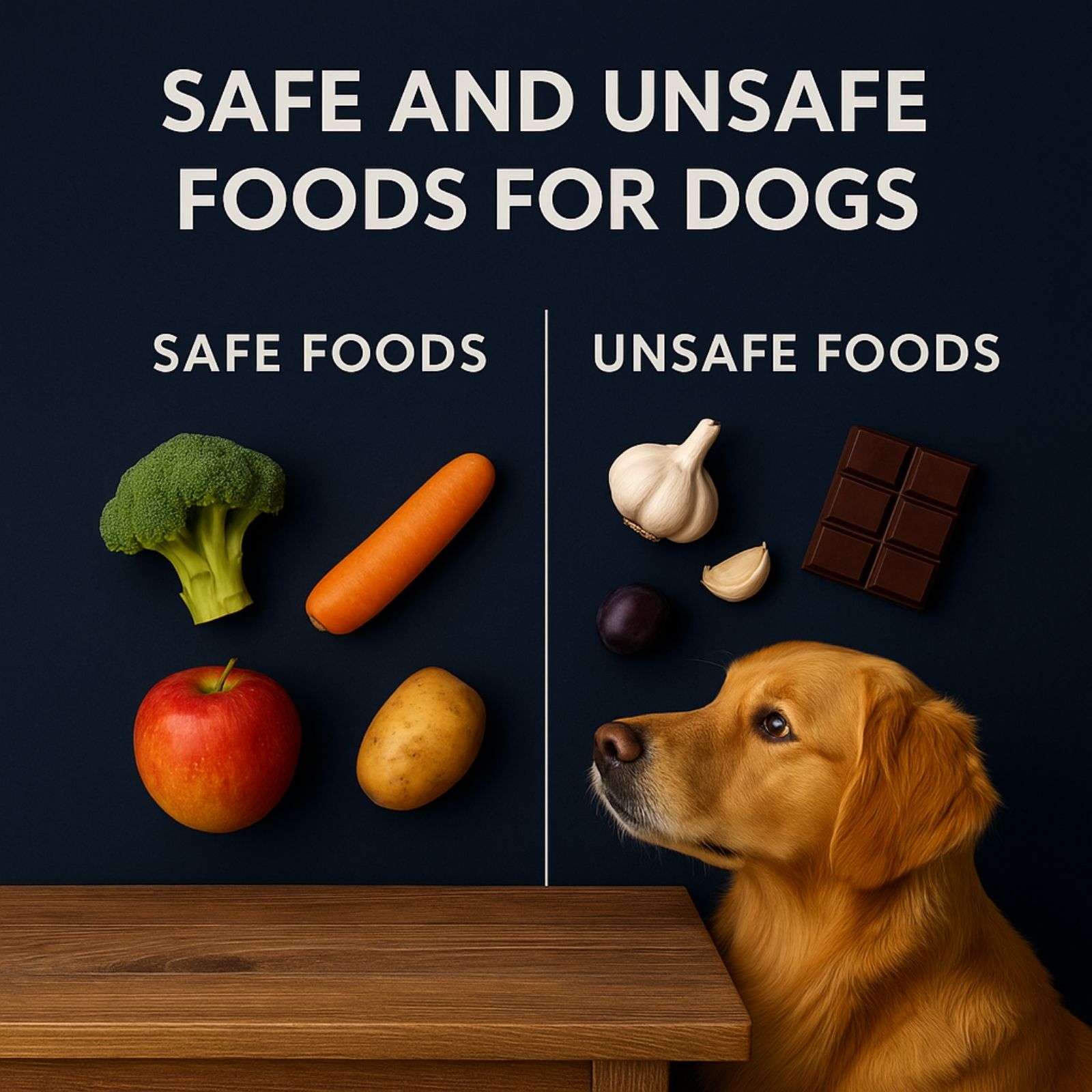Can My Dog Eat? – Instant Food Safety for Your Dog
When your dog eyes that dropped blueberry or manages to snatch a piece of your sandwich, you need answers fast. Can My Dog Eat? delivers instant, reliable safety information for 500+ foods, drinks, plants, and household items your dog might encounter. Get clear SAFE, CAUTION, or TOXIC ratings with plain-English explanations and immediate action steps. No confusing medical jargon, no contradictory advice. Get just the facts you need when time matters.
Why Dog Owners Trust Can My Dog Eat?
- Instant Answers When You Need Them: Your dog just ate something questionable. Skip the frantic Google searches and get a clear safety verdict in seconds. Each item shows an immediate color-coded status with specific reasons and next steps.
- Clear, Consistent Information: Online searches often return conflicting advice. Our database provides single, authoritative answers written by pet safety experts. No more wondering if grapes are “a little toxic” or “extremely dangerous”—you’ll know exactly where each item stands.
- Context-Aware Guidance: Food safety isn’t always black and white. Some items are safe in moderation, others only when prepared correctly. We highlight important nuances like “cooked bones vs. raw bones” and “salted vs. unsalted nuts” so you can make informed decisions.
- Mobile-Optimized for Real Life: Designed for the moments when you’re holding your phone in one hand and restraining your dog with the other. Quick search, simple filters, and immediate results that work perfectly on any device.

Complete Guide to Safe Foods for Dogs
Wondering what foods from your kitchen are safe to share with your dog? Dogs can enjoy many human foods safely when given appropriately. However, some foods that seem harmless can be dangerous or even toxic to dogs.
- Safe Fruits for Dogs: Apples (remove seeds), bananas, blueberries, cantaloupe, cranberries, mangoes, oranges (small amounts), strawberries, watermelon
- Safe Vegetables for Dogs: Broccoli, Brussels sprouts, carrots, celery, cucumber, green beans, peas, pumpkin, sweet potatoes, zucchini
- Safe Proteins for Dogs: Cooked chicken (boneless), cooked fish (boneless), eggs (cooked), lean beef, turkey (boneless)
- Safe Grains and Carbs: Brown rice, oats, plain pasta, quinoa, sweet potatoes, white rice
- Foods to Avoid: Never give your dog chocolate, grapes, raisins, onions, garlic, xylitol-containing products, alcohol, caffeine, or cooked bones.
- Portion Guidelines: Even safe foods should be given in moderation. Treats and human food should make up no more than 10% of your dog’s daily caloric intake.
Dangerous Foods That Can Poison Your Dog
Some common foods and household items can be extremely dangerous for dogs. Knowing what to avoid and how to respond to accidental ingestion can save your dog’s life.
Highly Toxic Foods:
- Chocolate: Contains theobromine, which dogs cannot metabolize effectively. Dark chocolate and baking chocolate are most dangerous.
- Grapes and Raisins: Can cause kidney failure even in small amounts. All varieties are dangerous.
- Xylitol: Artificial sweetener found in gum, candy, and baked goods. Causes rapid blood sugar drop and liver damage.
- Onions and Garlic: Damage red blood cells and can cause anemia. All forms (raw, cooked, powder) are toxic.
- Macadamia Nuts: Cause weakness, tremors, and hyperthermia in dogs.
- Alcohol: Extremely dangerous. Even small amounts can cause vomiting, diarrhea, breathing problems, and coma.
Emergency Response: If your dog consumes any toxic food, contact your veterinarian or pet poison control immediately. Don’t wait for symptoms to develop.

How It Works
Safety Ratings Explained:
🟢 SAFE: Generally safe for dogs when given appropriately. May include portion recommendations or preparation notes.
🟡 CAUTION: Safe with limitations or precautions. Check specific guidelines for your dog’s size, health status, or preparation requirements.
🔴 TOXIC: Dangerous for dogs. Avoid entirely or seek immediate veterinary care if consumed.
Instant Dog Food Safety Lookup
Search our database of 500+ items to get immediate safety information for your dog. Each result includes a clear safety rating, explanation, and specific action steps.
About Can My Dog Eat?
Can My Dog Eat? was created by dog owners who understand the anxiety of not knowing whether something is safe for your pet. After experiencing firsthand the frustration of conflicting online information during a late-night “did my dog just eat something dangerous?” moment, we decided to build the resource we wished existed.
- Our Mission: Provide instant, accurate, and actionable food safety information to help dog owners make confident decisions about their pet’s wellbeing.
- Our Approach: Every entry undergoes careful research using veterinary sources, toxicology databases, and peer-reviewed studies. We present information clearly, avoid medical jargon, and focus on practical guidance that helps you decide your next steps.
- Our Team: Our content is developed with input from veterinary professionals and regularly updated to reflect current safety guidelines. We believe that accurate pet safety information should be accessible to everyone, which is why our basic tool remains free.
- Our Commitment: We’re continuously expanding our database and improving the user experience. Have a suggestion for an item we should add? Found unclear information? We welcome feedback from our community of pet owners.
